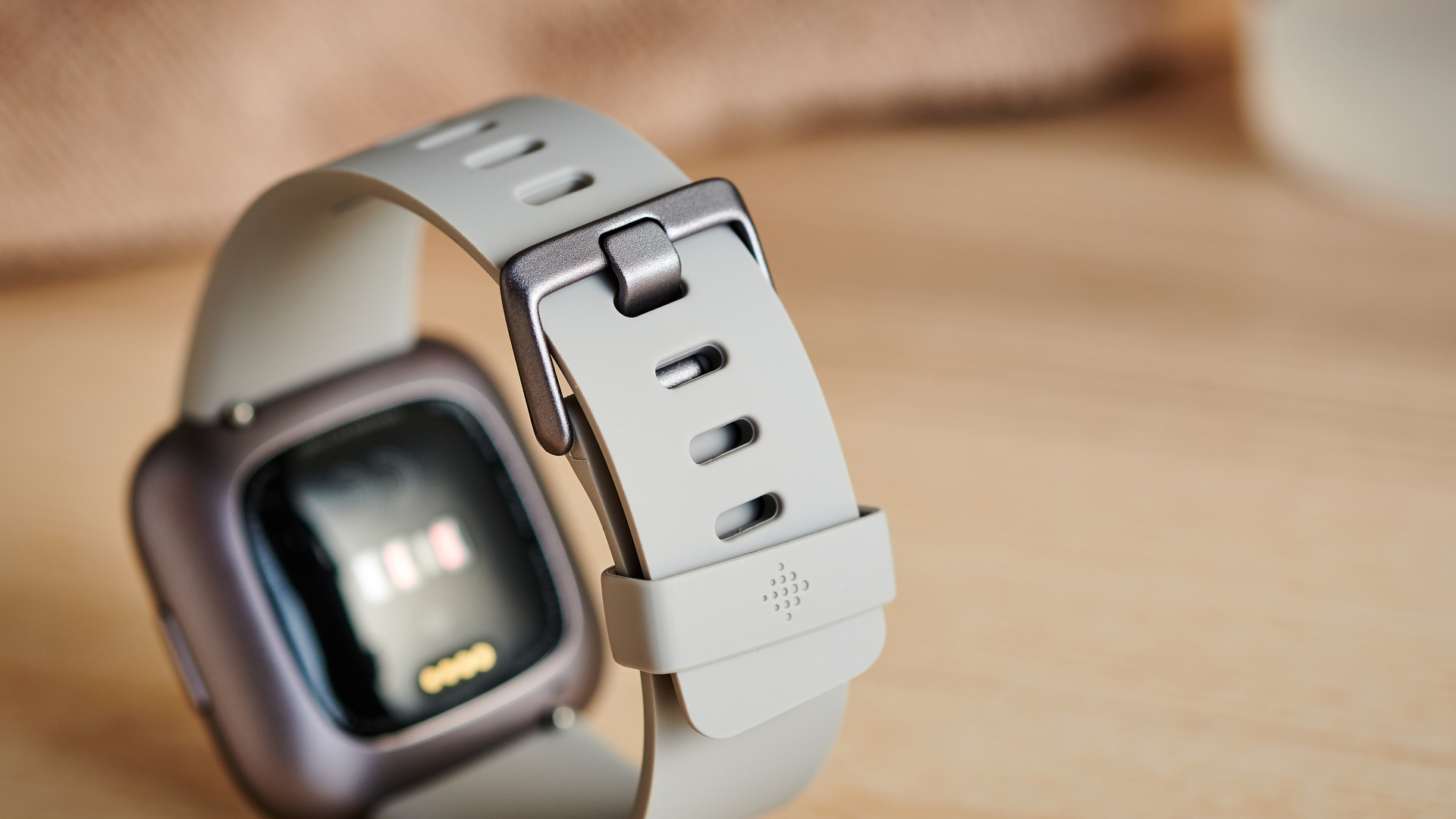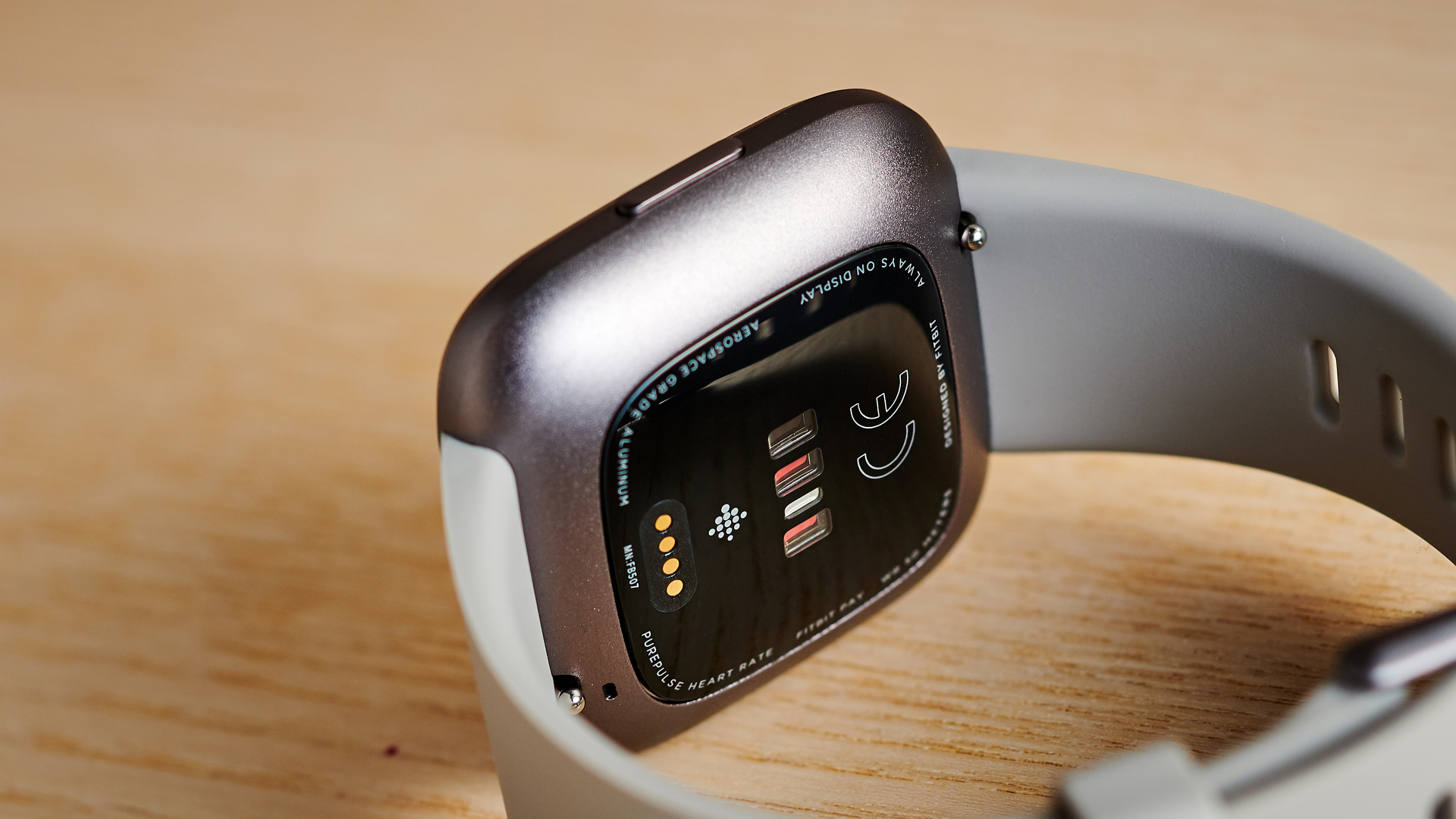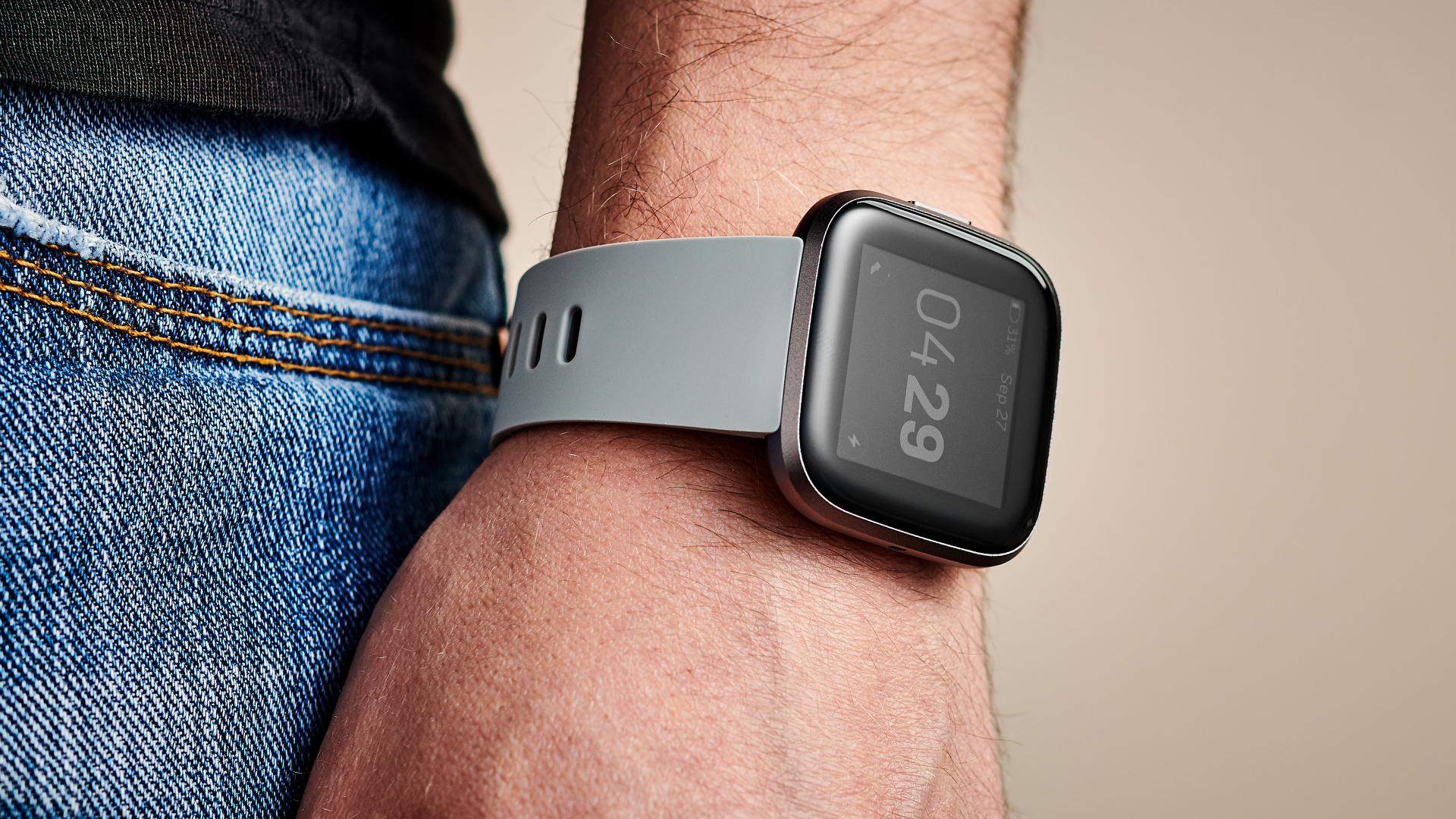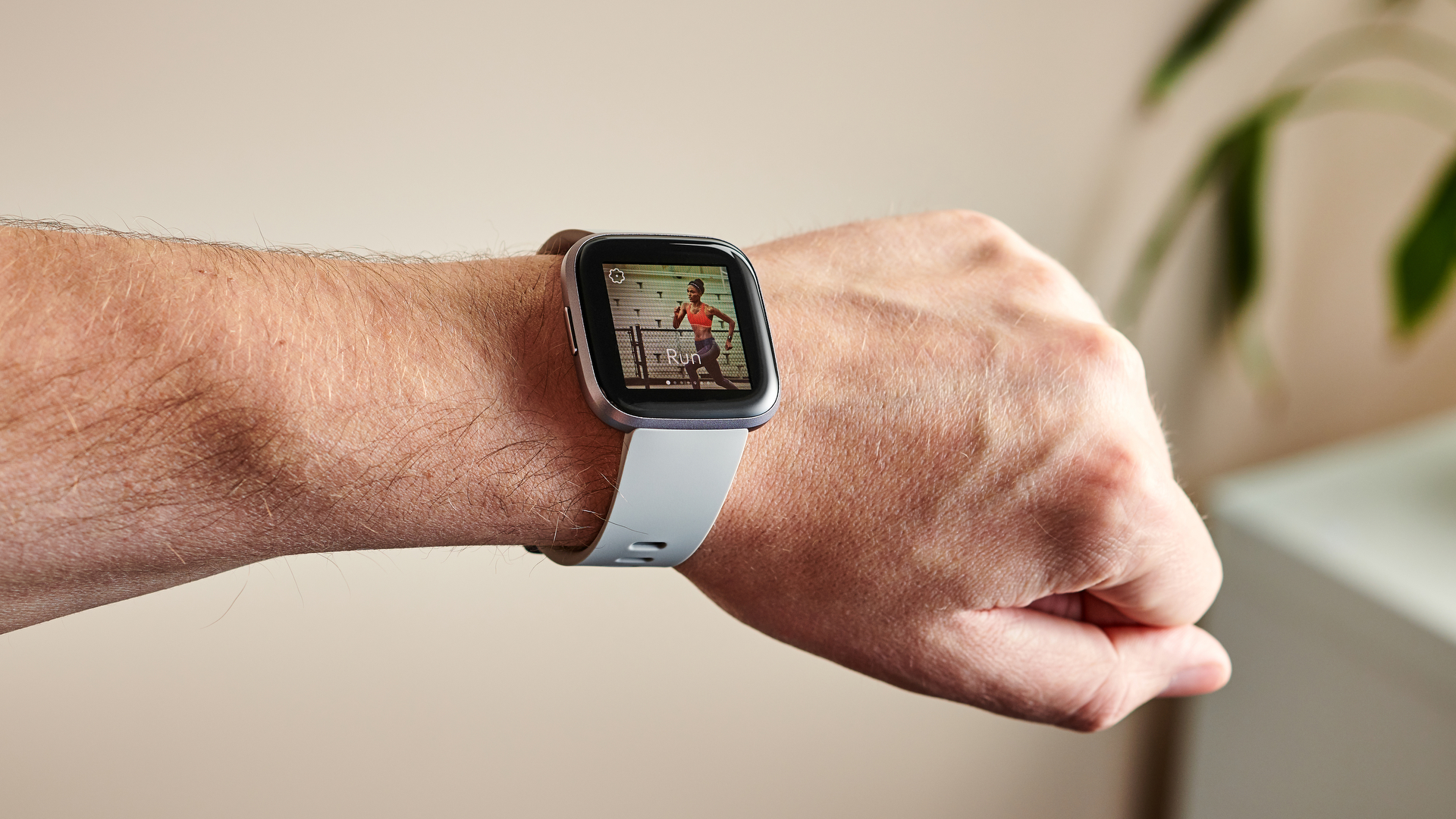TechRadar Verdict
With the Versa 2, Fitbit proves that less is more. The fitness brand has taken everything that made the original a compelling budget smartwatch, improves on those features, adds a somewhat fiddly voice assistant, and spits out a near-perfect fitness tracker that comes with some smartwatch perks. It’s one of the best fitness watches from Fitbit but the lack of a GPS chip means you’ll need to carry your phone wherever you go.
Pros
- +
Improved lightweight design
- +
Always-on display option
- +
Good battery life
Cons
- -
Lacks GPS
- -
No offline Spotify playback
- -
No integration with Apple Health or Google Fit
Why you can trust TechRadar
Two-minute review
The Fitbit Versa 2 was the company's first true smartwatch, and it's stood the test of time well. Even though it's now been superseded by the Fitbit Versa 3 (which has the added benefit of on-board GPS), it's still one of the best Fitbits you can buy, and particularly worth considering if you're in the market for a cheap smartwatch.
After the launch of Fitbit’s first smartwatch, the Ionic, the company struggled to compete with the likes of the Apple Watch and dedicated running watches from Garmin. Then, along came the Fitbit Versa and it turned the company’s fortunes around. So it’s no wonder Fitbit quickly followed that up with the Versa 2 and, later, the Versa 3.
With the Versa 2, Fitbit has again proved that you don’t necessarily need top-notch features to make a terrific fitness watch, and it doesn’t need to burn a hole in your wallet.
Display: 300 x 300 pixel touchscreen AMOLED
Materials: Aluminum watch case
Connectivity: Bluetooth 4.0 and 802.11 b/g/n Wi-Fi
Water resistance: Up to 50m
Sensors: 3-axis accelerometer, optical heart rate monitor, altimeter, ambient light sensor, vibration motor, NFC, microphone, and relative SpO2 sensor
Battery life: 5 days of standard usage
Unlike most other smartwatches on the market, the Versa 2 isn’t looking to replace your phone – in fact, you could call it a dumbed-down version of a smartwatch. And that isn’t necessarily a bad thing.
The Versa 2 is squarely aimed at users keen on fitness rather than those seeking productivity from a wearable, making it an extension of Fitbit’s excellent fitness tracker range, but one that comes with some extra perks.
While health and activity tracking takes center stage, the Versa 2 bridges the gap between phone and wrist by offering message and calendar notifications, ways to control your smart home setup and play music from your phone while on a run or workout session.
Fitbit has continued to update the Versa 2 with new features ever since its launch in 2019. New features like the Smart Alarm and additional always-on watch faces didn't seem enough for the company, so the latest update brings an oxygen level monitor that monitors blood oxygen levels while you sleep.
Sign up for breaking news, reviews, opinion, top tech deals, and more.

Fitbit Versa 2 price and release date
- Launch price of $199 / £199 / AU$329
- Special Edition Versa 2 costs $229 / £219.99 / AU$379
Fitbit announced the Versa 2 on August 28 ahead of IFA 2019, where the company showed the device off to the public for the first time. The Versa 2 is available to buy now, and you can pick it up from Fitbit's website or from major retailers either in-store or online.
The Fitbit Versa 2 costs £199.99 / $199.95 / AU$329.95, although there is a Special Edition version that retails for $229.95 / £219.99 / AU$379 and comes with either a Mist Grey or Copper Rose chassis and a premium woven band in the box.
At launch, the price of the Versa 2 matched that of its predecessor in the US and UK, but it’s a tad higher in Australia and, is roughly on par with the price of the Apple Watch Series 3 in most regions.
Purchasing a Versa 2 will also get you a seven-day free trial of Fitbit Premium, the company’s new subscription fitness service. Those treating themselves to the Special Edition Versa 2 will, however, get a 90-day free trial of Fitbit Premium (more on this feature later).

Design and display
- Retains ‘squircle’ design
- New always-on AMOLED display
- Single button
Design score: 4/5
When it comes to the design, Fibit’s mantra seems to be one of ‘if it ain’t broke, don’t fix it’. The ‘squircle’ design of the Apple Watch and the original Versa seems to have been embraced by users and Fitbit has carried that on to the Versa 2. At first glance, the new fitness watch does look strikingly similar to its predecessor, but closer inspection reveals a few small tweaks giving the Versa 2 a very stylish look indeed.
With a depth of 0.47 inches (12mm), it’s only a tiny bit thicker than the Apple Watch 3, but since the chassis tapers inward toward the heart monitor underneath, it actually appears slimmer. And, with a screen size of 40mm, it should fit most wrists.

Thankfully Fitbit has removed its branding from the bottom bezel of the Versa, meaning the bezels on the Versa 2 are slightly thinner, giving you a tad more screen real estate than before. While the display’s black background is usually quite successful at disguising the bezels, they are quite obvious at some angles, albeit easy to ignore.
Where the original Versa had three buttons on the chassis – two on the left and one on the right – the Versa 2 sports just a single button on the left and serves as both the ‘select’ and the ‘back’ button. This means you’re never more than a press or two away from the feature you need to access, while any other navigation you need to perform is done via the touchscreen.

Talking about the screen, that’s the one major hardware improvement worth writing home about. Unlike the LCD display on the Versa, the second-generation Fitbit smartwatch has steps into the age of the bright AMOLED touchscreen, which is protected by Gorilla Glass 3.
It’s capable of hitting upwards of 1,000 nits of brightness although we found this to be actually too bright for general use, setting our Versa 2 to the lowest brightness setting permanently. Even at a ‘dim’ setting, the 300 x 300 resolution screen is crisp and, thanks to its ambient light sensor, is capable of adjusting brightness according to the environment you’re in.

Another important feature Fitbit has added to the Versa 2 is an always-on option. By default this option is switched off and you will need to go into the watch’s settings pane to change that selection. At launch, there were no customization options for the always-on watch face and, until now, was limited to a single default analog or digital option. However, a new firmware update has now added plenty of third-party always-on faces, some of which can be customized. They're available on the companion app, although most of them are paid options, with only a few free watch faces available.
If you prefer using the always-on display – after all, it's nice to be able to see the watch face without having to move your arm – you'll find that it cuts the battery life to about half.

While she's happiest with a camera in her hand, Sharmishta's main priority is being TechRadar's APAC Managing Editor, looking after the day-to-day functioning of the Australian, New Zealand and Singapore editions of the site, steering everything from news and reviews to ecommerce content like deals and coupon codes. While she loves reviewing cameras and lenses when she can, she's also an avid reader and has become quite the expert on ereaders and E Ink writing tablets, having appeared on Singaporean radio to talk about these underrated devices. Other than her duties at TechRadar, she's also the Managing Editor of the Australian edition of Digital Camera World, and writes for Tom's Guide and T3.
